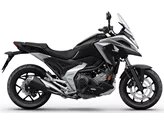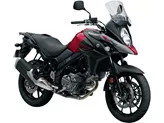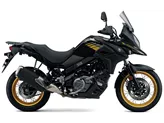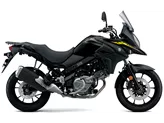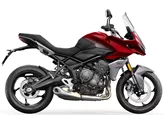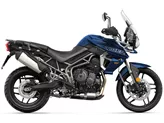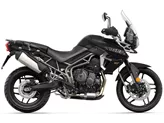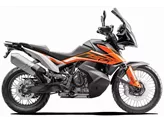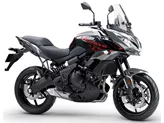Suzuki V-Strom 650 2009 vs. Triumph Tiger 800 XRT 2018

Suzuki V-Strom 650 2009
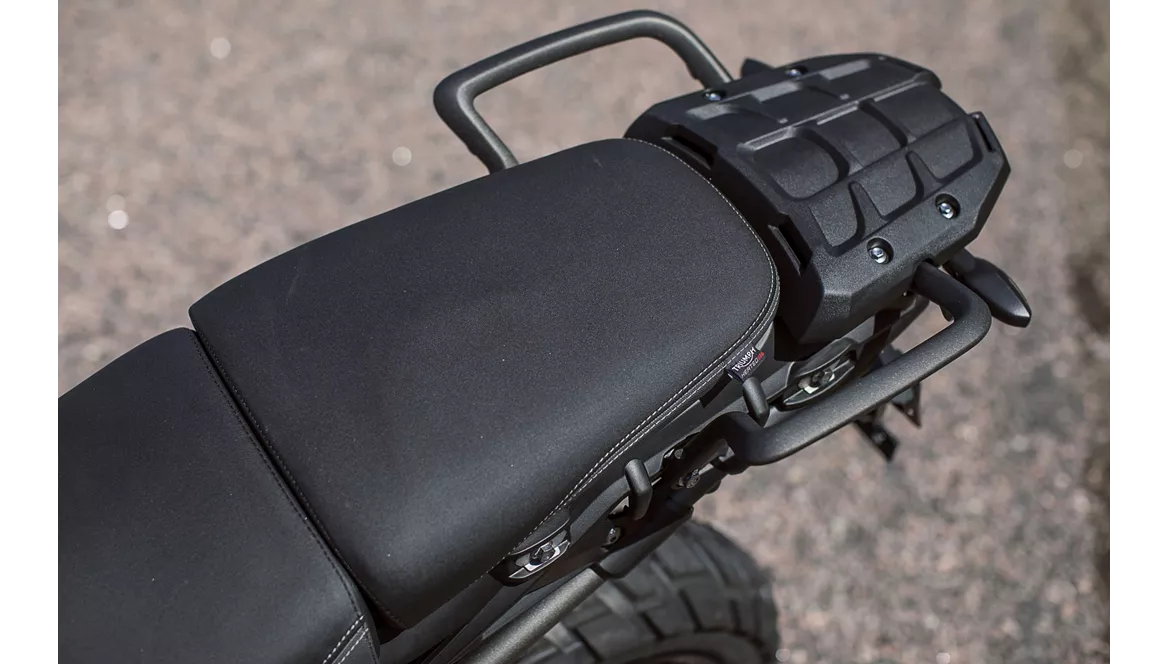
Triumph Tiger 800 XRT 2018
Overview - Suzuki V-Strom 650 2009 vs Triumph Tiger 800 XRT 2018
When comparing the Suzuki V-Strom 650 2009 to the Triumph Tiger 800 XRT 2018, there are several notable differences in terms of technical specifications and strengths.
Starting with the engine and drive train, the Suzuki V-Strom 650 2009 has a bore of 81 mm and a stroke of 62.6 mm, resulting in an engine power of 49 HP and torque of 60 Nm. On the other hand, the Triumph Tiger 800 XRT 2018 has a smaller bore of 74 mm and stroke of 61.9 mm, but a more powerful engine with 95 HP and torque of 79 Nm. Both motorcycles have a chain transmission and a displacement of 645 ccm for the V-Strom and 799 ccm for the Tiger.
In terms of suspension, the V-Strom 650 2009 has preload adjustment for both the front and rear suspension, while the Tiger 800 XRT 2018 offers compression and rebound adjustment for the front suspension and preload adjustment for the rear suspension. This gives the Tiger more versatility in terms of suspension tuning.

Suzuki V-Strom 650 2009
Moving on to the chassis, the V-Strom 650 2009 features an aluminum twin-spar frame, while the Tiger 800 XRT 2018 has a steel tubular frame. Both frames are sturdy and reliable, but the choice between aluminum and steel may come down to personal preference.
In terms of brakes, both motorcycles have double disk brakes at the front. This provides ample stopping power and ensures safety while riding.
When it comes to dimensions and weights, both motorcycles have a front tire diameter of 19 inches and a rear tire width of 150 mm. The V-Strom has a slightly larger rear tire diameter of 17 inches compared to the Tiger's 17 inches. The wheelbase of the V-Strom is 1555 mm, while the Tiger has a slightly shorter wheelbase of 1530 mm. The seat height of the V-Strom is 820 mm, while the Tiger has a slightly lower seat height of 810 mm. In terms of fuel tank capacity, the V-Strom has a larger capacity of 22 liters compared to the Tiger's 19 liters.
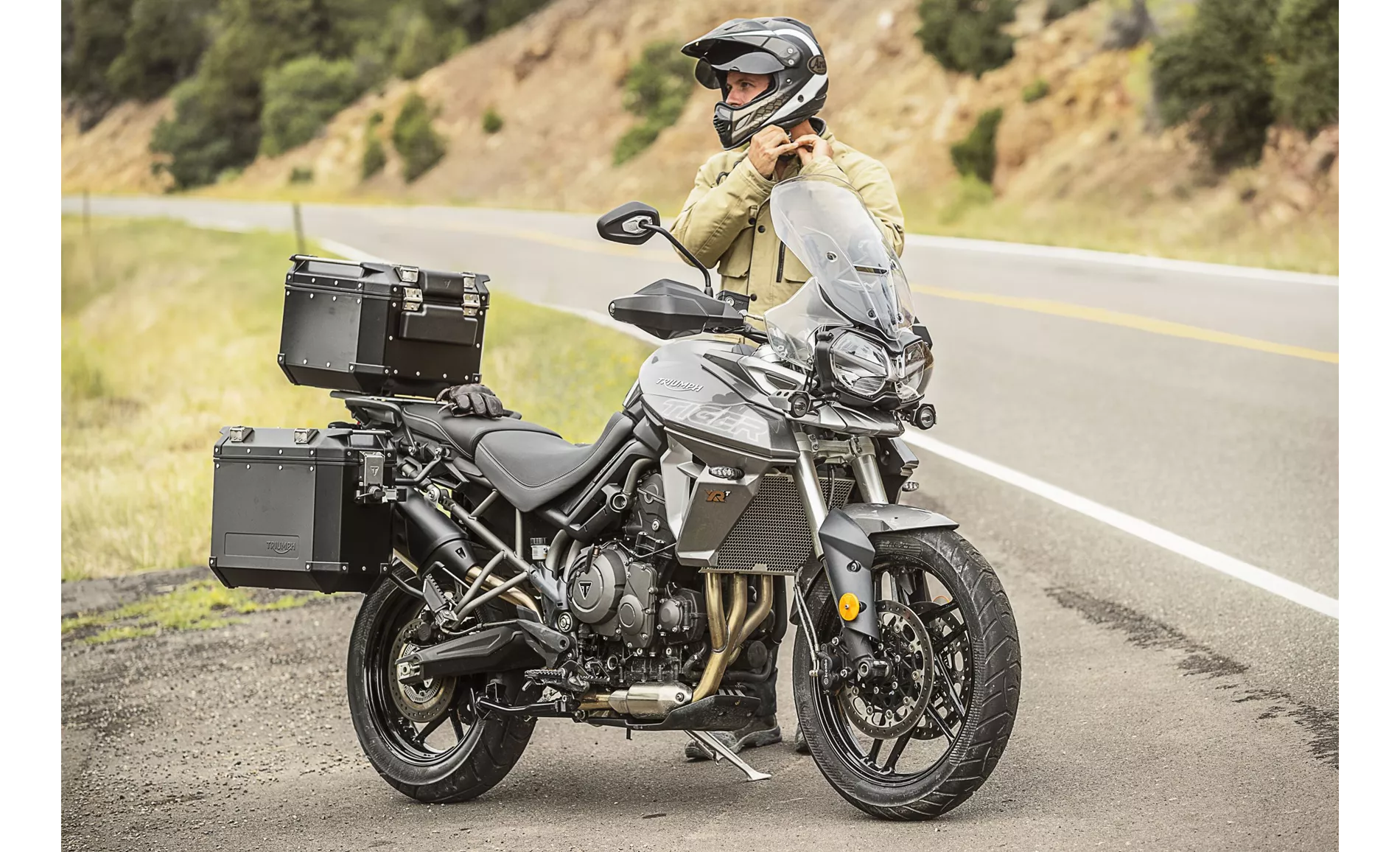
Triumph Tiger 800 XRT 2018
In terms of strengths, the V-Strom 650 2009 is praised for its good-natured chassis, relaxed seating position, relatively powerful engine, aggressive exhaust trim, handguards, and relaxed riding feel. On the other hand, the Tiger 800 XRT 2018 is praised for its powerful engine, easy handling, full comfort equipment, pleasant seating position, five different riding modes, and the ability to deactivate traction control and ABS.
As for weaknesses, the V-Strom 650 2009 is criticized for its not-so-sophisticated look and a windscreen that is considered a little too small. The Tiger 800 XRT 2018, on the other hand, is criticized for its color TFT display not being optimally anti-reflective and having little slope clearance.
In conclusion, the Suzuki V-Strom 650 2009 and the Triumph Tiger 800 XRT 2018 both offer their own unique strengths and weaknesses. The V-Strom provides a relaxed and comfortable riding experience with a powerful engine, while the Tiger offers more advanced features and a higher level of performance. Ultimately, the choice between the two will depend on the rider's preferences and priorities.
Technical Specifications Suzuki V-Strom 650 2009 compared to Triumph Tiger 800 XRT 2018
Pros and Cons in comparison
Pros and Cons in comparison
Suzuki V-Strom 650 2009

In principle, you can do anything with a V-Strom. It is, for example, a faithful hack'n moped that reliably gets you to work day after day. But it's also a weekend bike that you can take to the Kalte Kuchl or the Soboth on a Sunday. And of course, the V-Strom is particularly well suited for extended tours and trips.
Triumph Tiger 800 XRT 2018
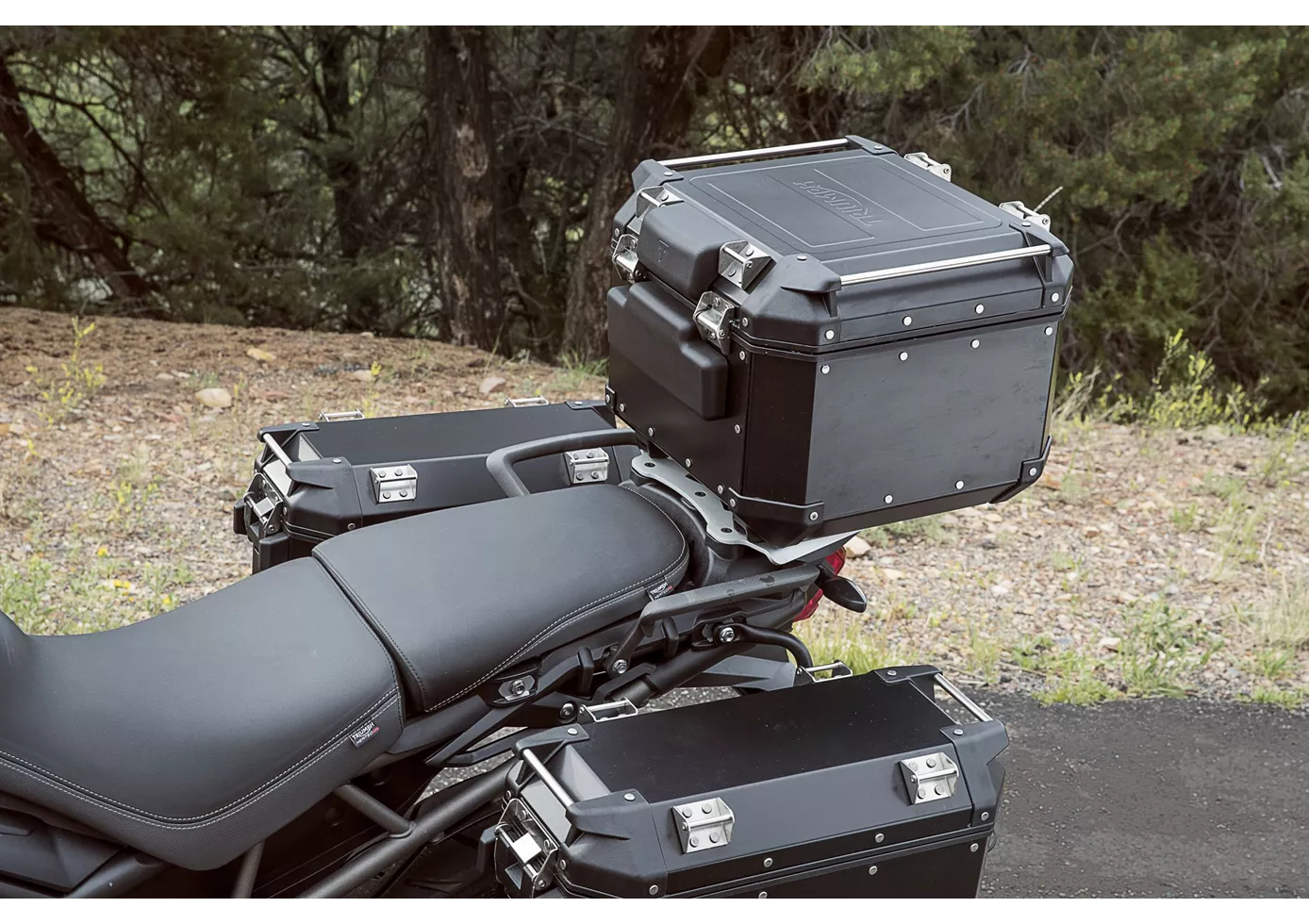
The Tiger 800 XRt is not only the slightly more road-oriented top model in the Tiger 800 range, it is also the best-selling model - and that could well remain the case with the new model. With a 19-inch front wheel and off-road mode, off-road excursions are no problem, while road riding and long journeys are sweetened with an incredible amount of luxury. In addition to cautious visual retouching, there is now a very easy height-adjustable windshield and 5 riding modes. Full LED lighting and a backlit control unit. Cleverly, the top models XRt and XCa are given the full LED lighting, the backlit control unit as well as heated grips and seats exclusively along the way.
Price Comparison Avarage Market Price Suzuki V-Strom 650 vs Triumph Tiger 800 XRT
There are a few key differences between a Suzuki V-Strom 650 2009 and a Triumph Tiger 800 XRT 2018. In terms of price, the actual average price of a Triumph Tiger 800 XRT 2018 is about 152% higher. A Suzuki V-Strom 650 2009 experiences a loss of 20 GBP in one year and 470 GBP in two years of ownership. This is offset by a loss of 50 GBP and 460 GBP for a Triumph Tiger 800 XRT 2018. Compared to Triumph Tiger 800 XRT 2018 there are more Suzuki V-Strom 650 2009 bikes available on the 1000PS.de Marketplace, specifically 6 compared to 5. It takes less time to sell a Suzuki V-Strom 650 with 43 days compared to 89 days for a Triumph Tiger 800 XRT. Since model year 2005 1000PS.de editors have written 38 reviews for the Suzuki V-Strom 650 and 5 reviews for the Triumph Tiger 800 XRT since model year 2015. The first review for the Suzuki V-Strom 650 was published on 16/09/2003 and now has more than 4,000 views. This compares to more than 18,900 views for the first review on Triumph Tiger 800 XRT published on 05/05/2015.


